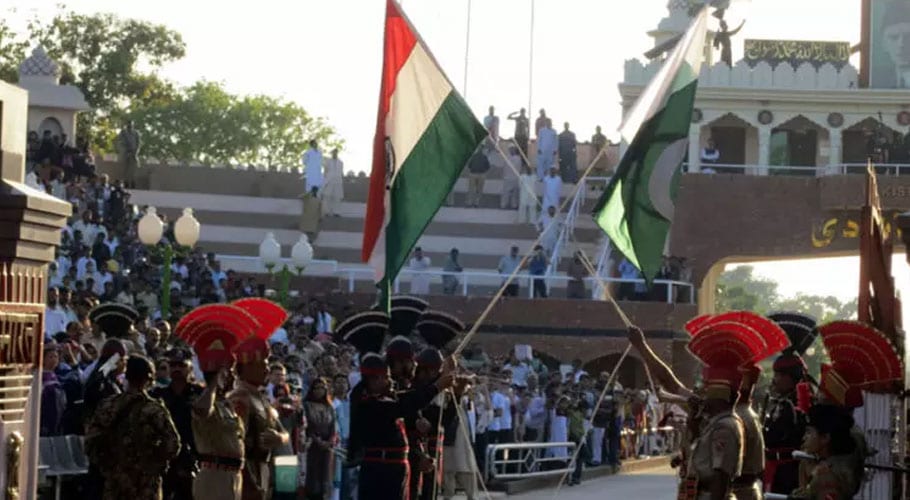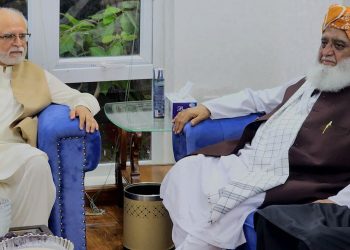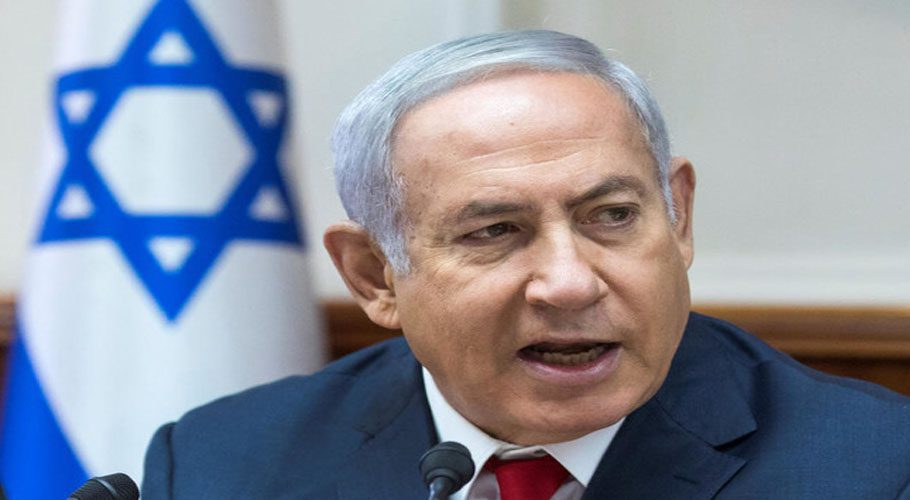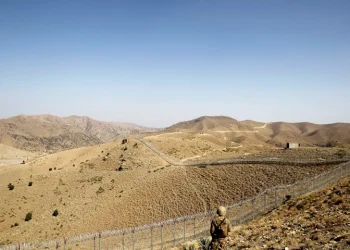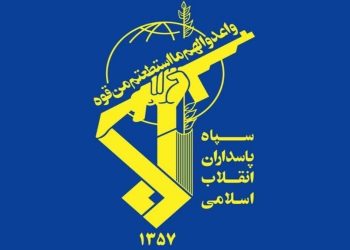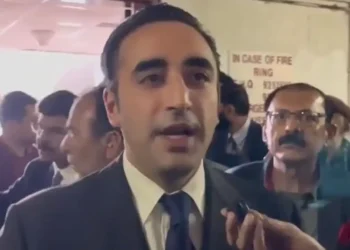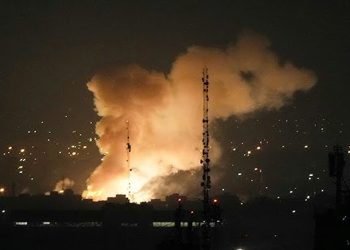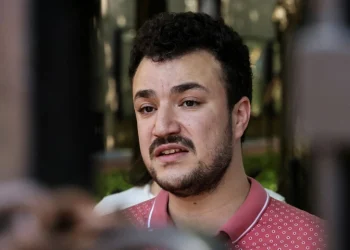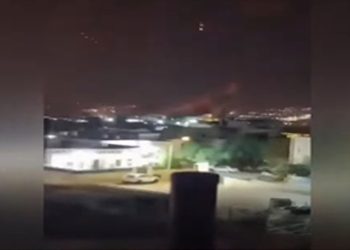In a significant development, Pakistan and India agreed to observe a ceasefire along the Line of Control (LoC) and all other sectors after talks between the senior military officials through a hotline on Thursday.
This was agreed between the Director Generals of Military Operations (DGMO) of both countries during discussions over the established hotline. The development is seen as a thaw after years of tensions between the two nuclear-armed neighbours.
It is not clear if the latest move will lead to further de-escalation in tensions. Let’s take an in-depth review of the agreement between India and Pakistan and the overall situation in the region.
India-Pakistan ceasefire
A ceasefire was declared by Pakistan in November 2003, to which both sides agreed two days later, along the LoC, the international boundary, and the Actual Ground Position Line in Siachen.
It came after a long cycle of violence along the 725-kilometre-long Line of Control (LoC) which divides Jammu and Kashmir into two parts. It followed a framework of military confidence-building measures (CBMs) that kept the artillery pieces at least 20 km away from the LoC, thus promising a sustained halt to heavy firing.
Not only did the ceasefire help the implementation of non-military CBMs such as a cross-LoC bus service and trade, but it also came as a huge relief to tens of thousands of people living along the LoC.
Ceasefire violations in 2020 by India
Indian troops committed more than 2,900 ceasefire violations across the LoC in 2020, leaving as many as 33 innocent civilians martyred and another 260 wounded in different parts of Azad Jammu and Kashmir (AJK).
“Even though the whole world was hit hard by the Covid-19 pandemic in 2020, [the] Indian army did not discontinue its ghastly practice of pounding our unarmed civilian populations along the dividing line,” Chaudhry Tariq Farooq, AJK’s senior minister for physical planning and housing, had said on the first day of the new year.
“Not only the civilians, they also targeted the UN military observers in this year while they were on a routine monitoring mission along the LoC,” the minister had said, referring to the Dec 18 shooting at a UN vehicle in Poonch district.
Sharing details of the physical and material losses, he had said 16 men and 17 women were martyred. The injured meanwhile numbered 260, with 161 men and 99 women injured.
The youngest martyr was two-year-old Adeeb Sudhir of Neelum valley and the oldest martyrs were Jan Begum of district Bhimber and Muhammad Bashir of district Haveli, both over 75 years of age, he had said.
Will the ceasefire survive?
Thursday’s ceasefire announcement is a welcome development for bilateral relations in general and for the troops posted on either side and civilians living astride the contested line in J&K. If the two sides are able to deliver on the commitment to cease fire, it would definitely pave the way for improved relations.
However, as past experiences go, ceasefires work only when they are combined with sustained political processes aimed at boarder conflict resolution. The 2003 CFA held strong for almost five years thanks to the composite dialogue process between India and Pakistan, in particular on the Kashmir issue.
Conversely, a breakdown in the dialogue, or even the absence of one, has the propensity to trigger CFVs. For instance, the suspension of the dialogue after the Mumbai terror attacks in 2008 also saw a breakdown of the ceasefire. A ceasefire in the absence of a dialogue process then is likely to be weak given the meagre stakes either side has in maintaining the CFA.
What to do?
Under the agreement on withdrawal of troops dated 22 January 1966, India and Pakistan had agreed that “In any case where firing takes place across the border it will be investigated on the spot by a joint team consisting of border personnel from both sides within 24 hours of occurrence.”
India and Pakistan have no other option but to negotiate their disputes sooner or later. In this regard, some hopes for an early start of the peace talks were raised when India’s and Pakistan’s national security advisors met for ‘secret’ talks in Bangkok on 26 December 2017.
However, such hopes were soon lost as ceasefire violations along the LOC continued with the same pace in the New Year. The leadership in both countries must understand that the first point in their agenda during their next meeting must be the formalization of the 2003 ceasefire as it will keep jeopardizing the future of the peace process if left unresolved.







